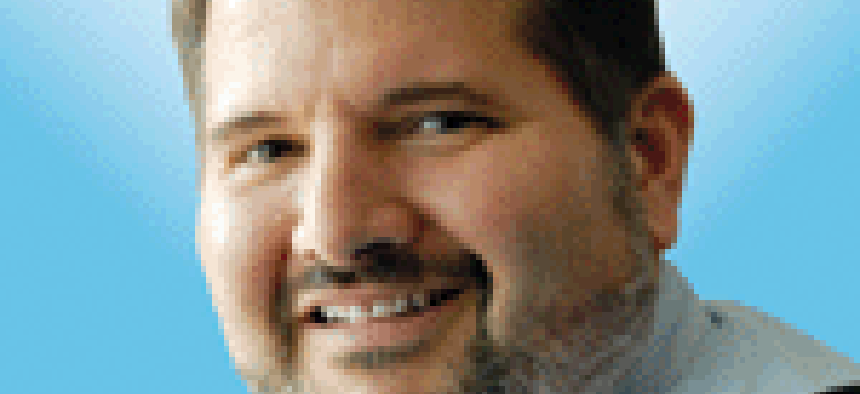How focus translated into wins for Sevatec

Sevatec offers some lessons learned on how to win new customers and expand its footprint.
As Sevatec began its transition from a small business to a mid-tier company in the full-and-open environment, founder and CEO Sonny Kakar knew he had to build the right management team by hiring people with large business experience.
He also invested in technology, particularly in areas that enable IT modernization and digital service. Sevatec has created a lab to build and test solutions.
But focus was the most critical component for him.

Sevatec CEO Sonny Kakar
“We are probably more narrowly focused now than when we were a smaller company,” Kakar told me as he explained how his company has been winning new work long-held customers and branching out into new ones.
The focus is on digital services and IT modernization has dictated the type of people they hire, the work they pursue and the partnerships they’ve formed, he said.
One result was last week’s announcement of a $116 million task order under GSA’s COMET vehicle to support GSA’s Federal Acquisition Service. A second result is this week’s announcement of a $19.9 million DHS win to support improvement of the Consolidated Asset Portfolio and Sustainability Information Systems.
The COMET win is an example of a new customer. The CAPSIS win is an example of how Sevatec expanded work with an existing customer, Kakar said. CAPSIS was won under Alliant 2.
Other wins, including a blanket purchase agreement, have been recorded but the company doesn’t have customer clearance to speak about them yet.
In our conversation, Kakar shared how the company changed its approach to win over new customers and how he views COMET as a great example of that approach.
Over an 18-month period, Sevatec officials met and talked with GSA. They forged relationships and communicated.
But what they didn’t do was try to make a sale, Kakar said.
“There was nothing about selling. It was all about sharing lessons learned,” he said.
Conversations ranged from incorporating federated identity management to how to leverage authorities to operate.
“We shared what worked and what didn’t work; where we failed and where we succeed,” he said.
Getting to a conversation that goes that deep builds trust and confidence between customer and contractor, Kakar said.
The same approach was used in the pursuit of CAPSIS and the other as yet to be announced wins. Sevatec has supported the CAPSIS system since 2015 and has brought in new capabilities to enhance reporting, expand data sources and meet reporting requirements. It also built GeoExplorer, a geospatial visualization capability.
Next up are cloud tools and technologies to help DHS make better decisions, Kakar said.
They will leverage those lessons learned with new customers, he said.
“We don’t go with a capabilities deck but with a lessons-learned deck,” he said. “We are doing that at the Defense Department right now.”
Kakar declined to disclose revenue figures for the Fairfax, Virginia-based company, but he did say that head count is approaching 500 people. Its primary capabilities are around agile transformation, software delivery, data analytics, cloud services, cyber and digital services. Customers outside DHS include the departments of State, Defense, and Transportation as well as some other civilian agencies.
The focus going forward is on customers looking for transformation as well as segments of the market such as defense, intelligence and homeland security that are expected to have secure funding for several years, he said.
As an emerging mid-tier company, Kakar said he thinks the company is hitting a sweet spot in the market. They have strong capabilities but they also still have the small business feel.
“The customer is still just a phone call or email from the CEO,” he said. “No one is left on an island.”
